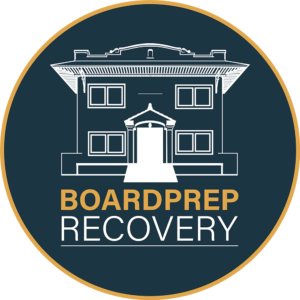According to a recent American Medical Association (AMA) announcement titled, “2021 Overdose Epidemic Report,” while physicians, policymakers and those working in the field of professional healthcare across the country have followed the recommendations of two task forces set in motion by the AMA (operative between 2014 – 2019), the results have been mixed. The number of prescribed opioids has decreased for the 10th year in a row, and each year since 2016, all 50 states have expanded the use of state prescription drug monitoring programs (PDMPs). Nonetheless, drug overdoses and drug-related fatalities have risen, not fallen.[1]
Due to their recognition of these contrasting outcomes—through a review of numerous studies and research-based statistics indicating the U.S. drug-related overdose and death epidemic has recently increased, exacerbated by the COVID-19 pandemic—the AMA has “launch(ed) a new, collective effort to directly address this changing epidemic: the AMA Substance Use and Pain Care Task Force.”[2]
Every U.S. state has observed a rise in drug overdoses since the onset of COVID-19, and this has had a significant negative influence on people with both severe pain and a substance use disorder (a.k.a. chemical dependency or addiction). And according to the report, “Structural racism and health inequities have made the pandemic even worse for marginalized and minoritized individuals.”[3]
In order to stop America’s current drug overdose and death epidemic, and to enhance healthcare provision for those with severe pain, mental health and/or chemical dependency issues, the AMA declares that what’s required is professional healthcare workers’ and community-serving agencies’ alliance, cooperation and commitment to personalized care for all who seek help, as well as decision-making aimed at accomplishing effective changes. Their recommendations include:
“• Urging states to adopt federal telehealth flexibilities to allow for the induction of buprenorphine at home
- Decriminalizing drug checking supplies
- Ensuring opioid litigation funds are used only for public health purposes
- Urging the Centers for Disease Control and Prevention to rescind the arbitrary thresholds in its 2016 opioid prescribing guideline and to restore compassionate care for patients with pain
- Removing structural inequities in care provided to historically marginalized and minoritized communities.”
Their report emphasizes a wide-ranging collaboration is needed in order to
Some AMA-proposed directions for action are listed below:
- Federal, state and local health officials will assist in decreasing the transmission of infectious diseases by encouraging in policy and action widespread use of needle and syringe exchange services.
- The licensing boards of both medicine and healthcare workers can aid those experiencing severe pain by evaluating and abolishing injudicious conditions on opioid therapy.
- By selectively getting rid of administrative obstacles, lawmakers may greatly assist those seeking access to evidence-based addiction treatment care—including, for example, prior authorization to get medications specifically targeting addiction to opioids.
- Political leaders in every state can provide help to families by eradicating penal laws against pregnant, peripartum and parenting people who are chemically dependent.
- By proactively seeking to remove negative labels previously placed upon SUDs and those afflicted with such, religious leaders can decrease harmful stereotypes, inform their congregants about the nature of addiction and recovery, and gain support for organizing public awareness events.
The report also has a number of other more general suggested action steps, which include improving data collection measures nationwide, which will help advance the provision of research-based data that’s complete, standardized, timely and universally applicable (or at least variable from location to location).
In conclusion, the authors of the report summarized the goals of the newly assembled task force by saying: “What we must do tomorrow (is create an) integrated, sustainable, predictable and resilient public health system.”[4]
[1] AMA-2021-Overdose-Epidemic-Report_92021.pdf (end-overdose-epidemic.org)
[2] Ibid.
[3] Ibid.
[4] Ibid.







